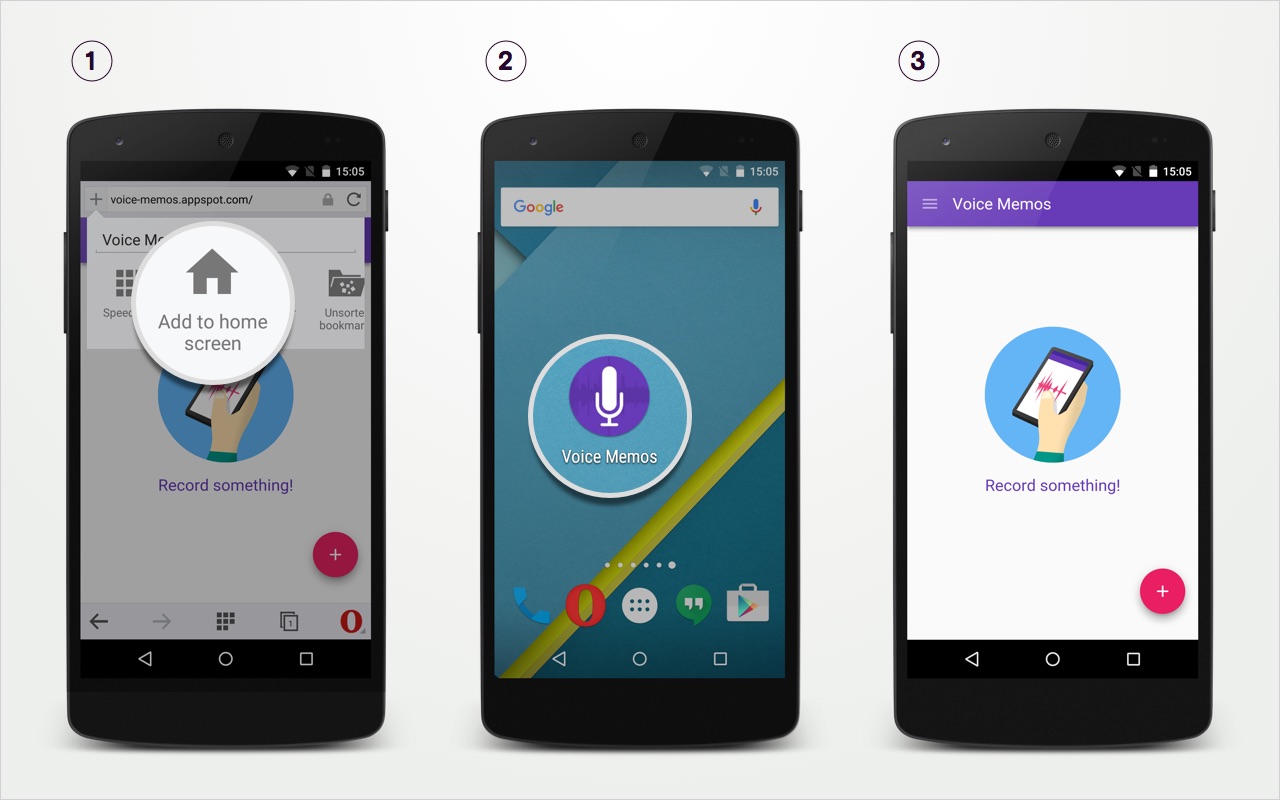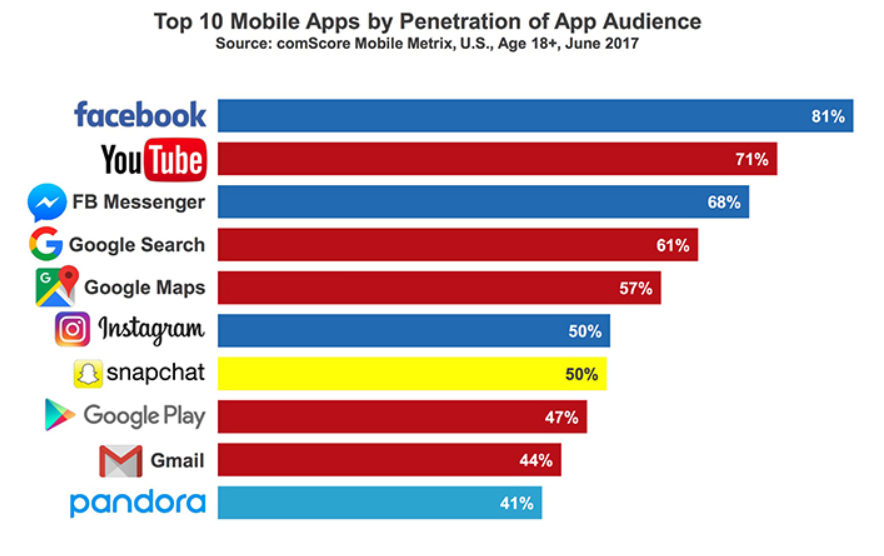As progressive web apps proliferate, many are left to wonder whether native apps going the way of the Walkman. Many others (likely the majority of us) are now wondering, “What the hell are progressive web apps?”

Progressive web apps (PWAs) allow users to experience a mobile website the way they would a downloadable app, without the app store and all it entails. According to Google Developers, PWAs are marked by three characteristics:
- Reliable — Load instantly and never show the downasaur, even in uncertain network conditions.
- Fast — Respond quickly to user interactions with silky smooth animations and no janky scrolling.
- Engaging — Feel like a natural app on the device, with an immersive user experience.
PWAs have the ability to simplify the user experience in several ways. First, they’re built right into mobile browsing, rather than sequestered in a standalone app store. Since over half of all web traffic takes place on mobile, search engine optimization makes PWAs easier to find where users are already spending their time.
The real game-changer though, is the space-saving potential of PWAs. Rather than installing storage-sucking native apps on the phone, users add a glorified bookmark to their home screen, allowing anytime (even offline) access to the PWA’s content, which is by design nearly indistinguishable from that of a native app.

The timing couldn’t be better for PWAs, as native app fatigue has certainly begun to set in. Millions of apps are available to download, but approximately 60% never are and, even then, users spend about 80% of their time in just three of their apps. If apps are being used to create customer loyalty or brand awareness, it may be time to start looking at PWAs.
In addition to offering a comparable UX without the app store hassle, it’s more cost-effective to both create and market PWAs. Enterprise app development typically costs somewhere between $100,000 and $500,000, as well as several months of development time. And once the app is created? Companies must shell out even more money to not only market the app download, but also encourage users to continuously engage with the app. Since 80-90% of apps are deleted after the first use, the ROI is just not there in most cases.
With PWAs, companies can focus their energy (and dollars) on creating a seamless, consistent experience across mobile and desktop, regardless of OS. If this AliExpress case study showing a 74% increase in time spent per session is any indication, the PWA ROI is A-OK.

To recap, here are three advantages PWAs have over native apps, perhaps sealing their fate forever.
- PWAs offer an immersive user experience, available through mobile browsing and requiring no download or storage.
- PWAs maximize development time and marketing dollars for brands, encouraging engagement and customer loyalty for less.
- While there’s still work to be done, especially on Apple devices, PWAs continue to improve and offer more and more hardware integration, meaning access to the phone’s camera, microphone, and more, right in the app.
The bottom line? Unless you work for one of these giants, your energy, dev hours, and budget going forward may be best served by progressive web apps.

Photo by Oleg Sergeichik on Unsplash





